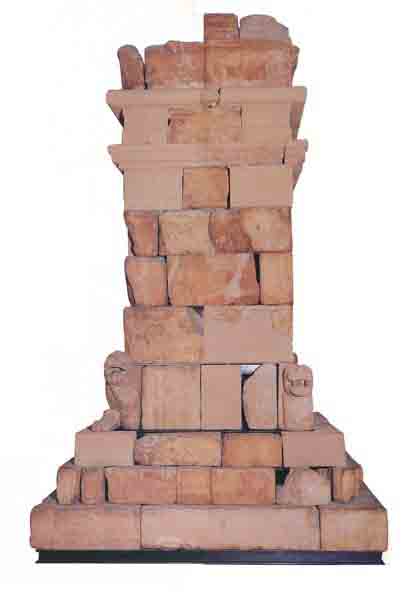Image Details

Museo Arqueológico Nacional, Madrid
The innovative design and reliefs of this 16-foot Phoenician funerary monument record the development in the belief in resurrection, which swept the Mediterranean during the first millennium B.C.E. Discovered in 1971 by a farmer in Pozo Moro, Spain, the stone monument, dating to about 500 B.C.E., now dominates the lobby of Madrid’s Museo Arqueológico Nacional.
Phoenicians traditionally buried their dead deep in the ground, close to “the underworld.” But, inspired by Egyptian beliefs, they began in the ninth or eighth century B.C.E. to construct massive, above-ground funerary monuments that pointed in the direction the soul hoped to travel. An expectation of resurrection spread rapidly from the Phoenician homeland, in modern Lebanon, Syria and northern Israel, to their settlements in Spain and North Africa. Perhaps influenced by Phoenician thought, the prophecies of Ezekiel, also dating to about 500 B.C.E., contain the earliest Biblical reference to resurrection: “So I prophesied as He commanded, and breath came into [dry bones], and they lived” (Ezekiel 37:10).
